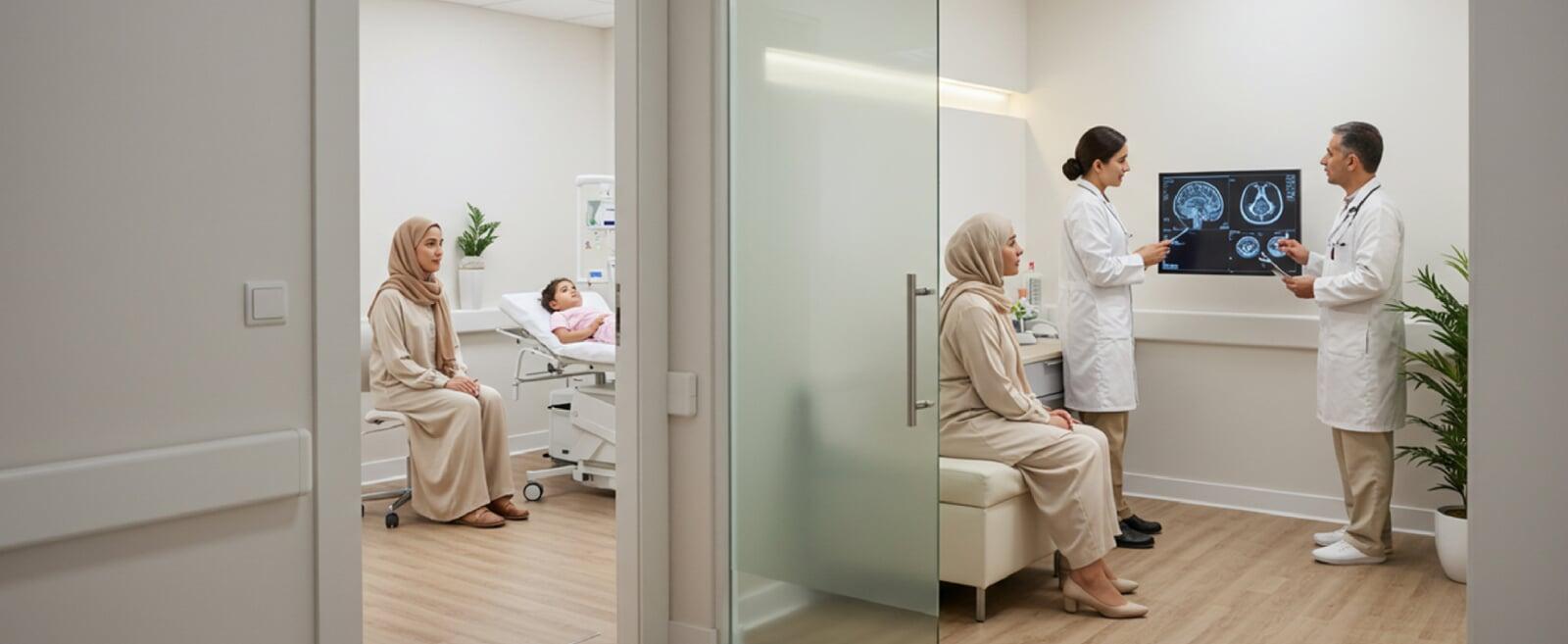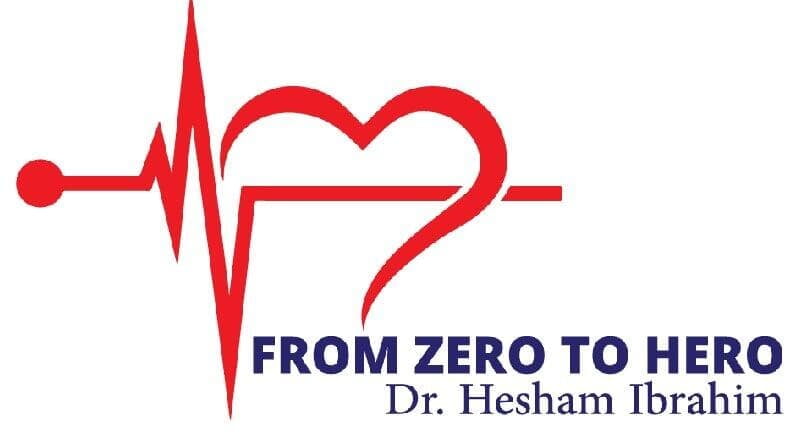ED GovCast - Episode 4
Hypertension Guidelines & Emergency Case Reviews

🔹 Hypertension
New Guidelines:
Patient was tachycardic, in atrial fibrillation, hypertensive, and in shock.
Clinical debate: Was the cause PE or AF with rapid ventricular response?
Key Takeaways:
In hypertensive emergencies, during working hours, refer to ophthalmology to assess the fundus.
Prefer nifedipine over amlodipine due to faster onset.
🔹 Case Reviews
1. Case of using ultrasound: AF, Hypertension, and Shock
- Patient was tachycardic, in atrial fibrillation, hypertensive, and in shock.
- Clinical debate: Was the cause PE or AF with rapid ventricular response?
- Middle-grade clinician used bedside ultrasound, which showed a dilated right ventricle (RV).
- PE suspected based on RV dilation → thrombolysis being considered
- Case involved Medical and ITU teams, who supported thrombolysis decision based on POCUS findings.
2. Case of using ultrasound: Suspected PE → Actually Aortic Dissection
- Patient with clinical signs of PE, initially considered for thrombolysis.
- ECHO performed, revealed massively dilated aortic root → Type A aortic dissection.
- Thrombolysis avoided, which would have been catastrophic.
- Reminder of the importance of imaging before thrombolysis when diagnosis is uncertain.
3. Unusual case of headache
- Young patient presented with 72 hours of headache and 12 hours of vomiting.
- PMH: arachnoid cyst.
- GCS 15, looked well, waited 6 hours to be seen.
- Concerns raised regarding raised intracranial pressure.
- CT head showed large subdural haematoma with midline shift.
- Highlights the risk of anchoring bias, how subtle signs in neurology can be misleading and how well some young patient could compensate.
4. Necrotising Fasciitis
Left shoulder pain out of proportion, lactate 5, WCC 35.
Exam initially unremarkable.
CT chest/abdomen/pelvis – diagnosis unclear.
Lactate heavily rising, patient deteriorated, becoming more hypotensive and tachycardia.
Diagnosed with necrosing fasciitis.
Patient was admitted to ICU and started developing skin changes, therefore taken for emergency surgery.
5. GI Bleed & Cardiac Arrest
69-year-old woman, presented with haematemesis, GCS 9, became hypertensive, then arrested.
Pre-arrest venous blood gas normal, Hb 107.
Post-arrest: only small Hb drop, but severe metabolic acidosis (pH 6.5), electrolyte derangement.
Good leadership from registrar on shift.
8-year-old girl, background of autism spectrum disorder, language delay.
Trauma history: Fell from climbing frame, hit neck on metal bar.
A few days later developed moderate-to-severe neck pain.
GP reassured initially; pain persisted → presented to ED.
Holding neck in fixed position, 4x4 cm swelling on lateral neck.
Normal neurology, GCS 15.
C-spine X-ray: soft tissue swelling in front of C1–C3.
CT showed asymmetrical thickening of left sternocleidomastoid → presumed soft tissue injury.
Later spiked fever, CRP 207, WCC 28.7 → re-scanned with contrast.
Showed collection in SCM, grew Group A Streptococcus.
Required IV antibiotics and surgical team input.
3-year-old boy, worsening breathing over 24 hours, septic, known chickenpox.
Managed in side room.
Pale, sweaty, reduced air entry on right, dull to percussion.
Chest X-ray: white-out of right chest.
Ultrasound: fluid rather than consolidation.
Treated with ceftriaxone and clindamycin.
Lactate improved (3 → 1.6), CRP 302, WCC 7.2.
Referred to SORT team, RSI in ED, transferred to Southampton.
Chest drain inserted → 700ml of pus drained.
Learning point: In children with chickenpox, high suspicion for secondary infections is essential. Isolation helps prevent spread, but don't overlook concurrent pathology.
4-year-old child, PMH: cerebral palsy, GERD.
Recently had laparoscopic fundoplication; discharged from paediatric surgical unit earlier that day.
That evening: sudden left-sided abdominal distension, screaming in pain.
Only 12 kg; appeared much younger than age.
In resus: cyanosed, pale, blue lips, oxygen ineffective.
Abdo exam: distended left abdomen, surgical emphysema palpable over left torso.
Chest X-ray confirmed extensive surgical emphysema.
Paeds, anaesthetics, and surgical teams fast-bleeped.
Pain was distressing for staff and family → managed initially with morphine, then ketamine, which was effective.
Retrieval team arranged for transfer to PICU in Southampton.
Found to have posterior gastric wall perforation, returned to theatre.
